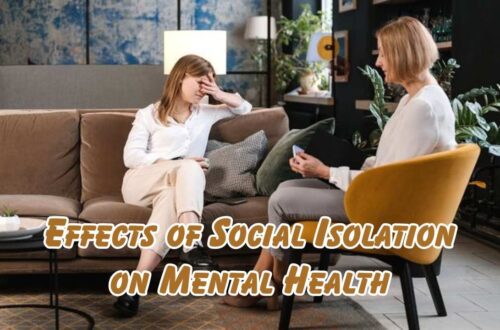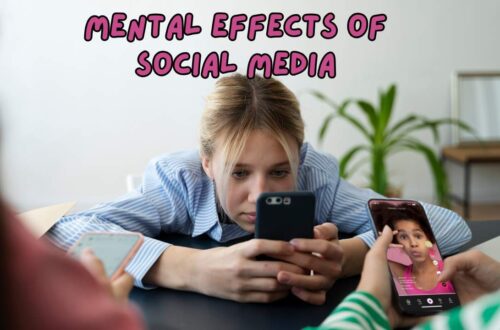For many people living with unresolved trauma, this sudden emotional surge is known as an emotional flashback. Have you ever experienced an overwhelming wave of fear, sadness, or shame without knowing why? Unlike traditional flashbacks that replay vivid images or sounds of the past, emotional flashbacks pull individuals back into the feelings of a traumatic experience. These episodes can be disorienting, painful, and confusing, but understanding them is the first step toward healing.
Table of Contents
In this article, we will explore what emotional flashbacks are, their roots in trauma, their impact on daily life, and practical ways to cope and recover.
What is an Emotional Flashback?
An emotional flashback is a sudden, intense re-experiencing of emotions tied to past trauma, often without clear memories or images. Instead of seeing or hearing the traumatic event, a person feels the emotional states linked to it such as fear, abandonment, or helplessness.
This reaction is common in people with Complex Post-Traumatic Stress Disorder (C-PTSD), where repeated or prolonged trauma in childhood leaves deep psychological scars. Unlike single-event PTSD, C-PTSD often creates patterns of emotional flashbacks that can surface unexpectedly in adulthood.
The History and Recognition of Emotional Flashbacks
The concept of emotional flashbacks has gained recognition in trauma psychology over the last few decades. Therapist and author Pete Walker popularized the term, highlighting how survivors of long-term trauma often relive their pain through emotions rather than visual memories.
Earlier, trauma research primarily focused on PTSD in combat veterans. Over time, psychologists realized that survivors of childhood abuse, neglect, or abandonment experience different but equally debilitating symptoms. This shift in understanding gave rise to identifying emotional flashbacks as a distinct phenomenon.
Symptoms of an Emotional Flashback
Recognizing the signs of an emotional flashback is essential for individuals and caregivers. Symptoms can vary but often include:
- Sudden feelings of fear, panic, or shame
- Overwhelming sadness or emotional numbness
- A sense of being small, powerless, or abandoned
- Difficulty distinguishing between past and present emotions
- Physical reactions such as rapid heartbeat, trembling, or shallow breathing
These episodes may last minutes or hours, leaving a person exhausted and confused afterward.
Related article: Emotional Stress: Understanding, Managing, and Overcoming Daily Struggles
Why Emotional Flashbacks Matter
Understanding emotional flashbacks is crucial because they directly affect mental health, relationships, and daily functioning. Left unaddressed, they can contribute to depression, anxiety, emotional dysregulation, and feelings of unworthiness.
For example, a person experiencing an emotional flashback might interpret a minor disagreement as rejection, reacting with disproportionate fear or withdrawal. Such patterns, if misunderstood, may strain personal and professional relationships. Recognizing these flashbacks for what they are reminders of old wounds opens the door to healing.
Common Triggers of Emotional Flashbacks
Emotional flashbacks often surface unexpectedly, but they are typically triggered by situations that resemble past trauma. Some common triggers include:
- Criticism or perceived rejection
- Authority figures or power dynamics
- Arguments or conflict in relationships
- Loneliness or feelings of isolation
- Sensory cues like certain smells, sounds, or tones of voice
Awareness of these triggers allows individuals to anticipate flashbacks and use grounding techniques when they occur.
Coping Strategies for Emotional Flashbacks
Managing an emotional flashback requires both immediate coping strategies and long-term healing practices. Helpful approaches include:
Grounding Techniques
- Focus on your surroundings by naming objects or colors.
- Practice slow, deep breathing to calm the nervous system.
- Use physical touch, like pressing your feet into the ground, to reconnect with the present.
Self-Compassion
- Remind yourself that the flashback is about the past, not the present.
- Speak kindly to yourself during the episode, reinforcing safety.
Therapy and Support
- Trauma-focused therapy such as EMDR or somatic experiencing can reduce flashbacks over time.
- Support groups or safe communities offer validation and reduce isolation.

Real-Life Examples of Emotional Flashbacks
Consider someone who grew up in a household with constant criticism. As an adult, when their boss offers constructive feedback, they may suddenly feel paralyzed by fear and self-doubt. This overwhelming reaction is an emotional flashback, not a reflection of the present situation.
Another example is a person who endured abandonment in childhood. Even small delays in text replies from a partner can trigger panic, sadness, or rage. Recognizing these moments as emotional flashbacks helps shift perspective from self-blame to self-understanding.
Challenges in Addressing Emotional Flashbacks
While awareness has grown, several challenges remain:
- Many people mistake flashbacks for mood swings or overreactions.
- Lack of awareness in workplaces and families leads to misunderstanding and judgment.
- Access to trauma-informed therapy can be limited in certain regions.
Overcoming these challenges requires education, compassion, and systemic changes in how mental health care is delivered.
Related article: Emotional Habits: Shaping the Way We Think, Feel, and Live
The Healing Journey from Emotional Flashbacks
Recovery from emotional flashbacks is possible with patience and consistent practice. By identifying triggers, practicing grounding, and seeking professional support, individuals can gradually reduce the intensity and frequency of flashbacks. Importantly, healing also involves building self-trust and creating safe environments that foster resilience.
Conclusion
Emotional flashbacks are intense reminders of unresolved trauma that manifest as overwhelming emotions rather than visual memories. They can disrupt daily life, relationships, and mental well-being if left unaddressed. However, with self-awareness, grounding techniques, therapy, and supportive communities, individuals can reclaim control and transform these painful experiences into opportunities for healing. Recognizing emotional flashbacks is not a sign of weakness but a powerful step toward recovery and resilience.





